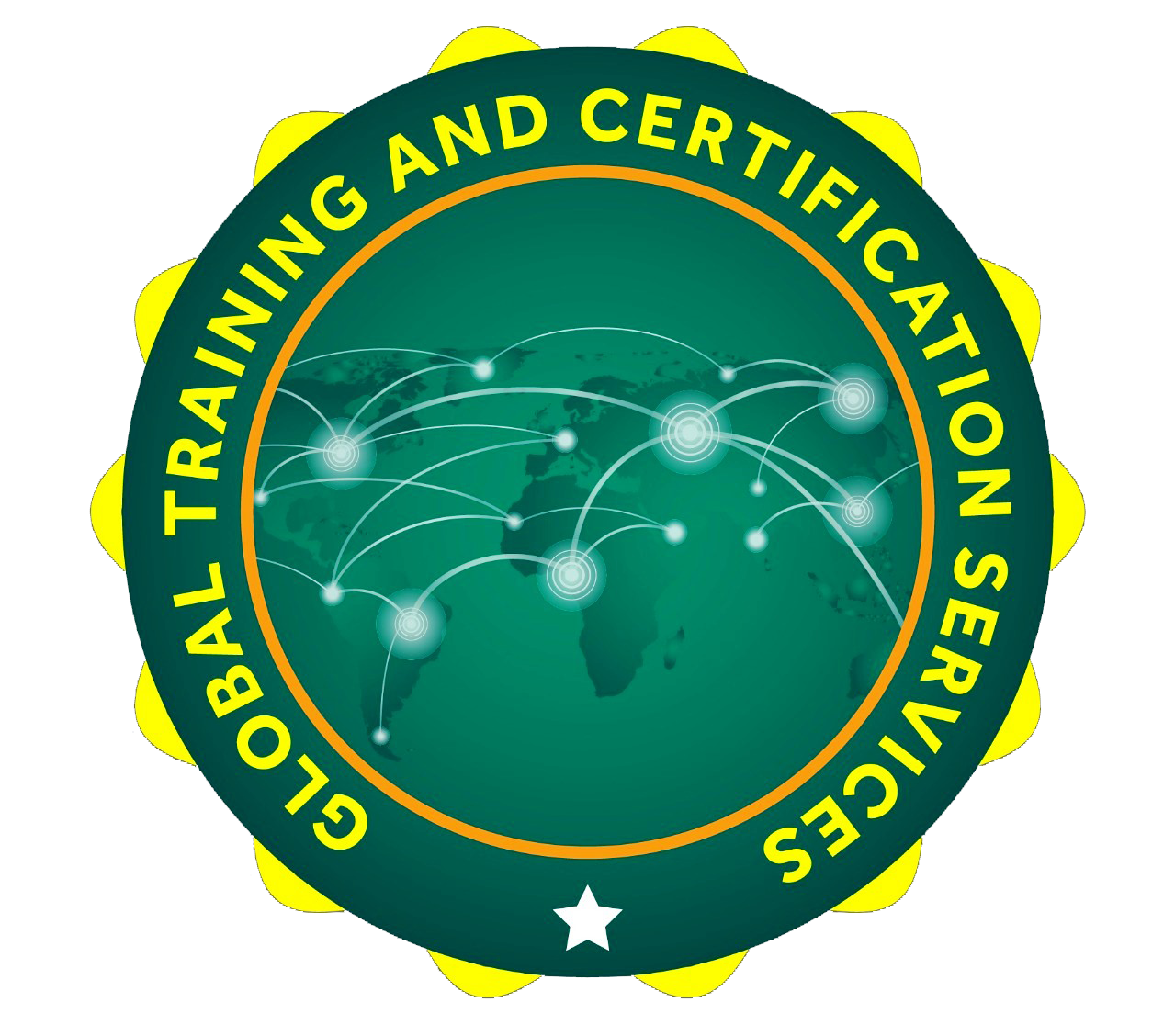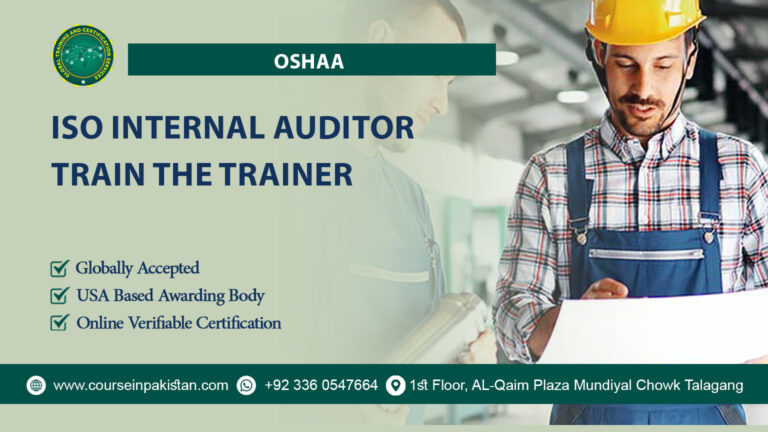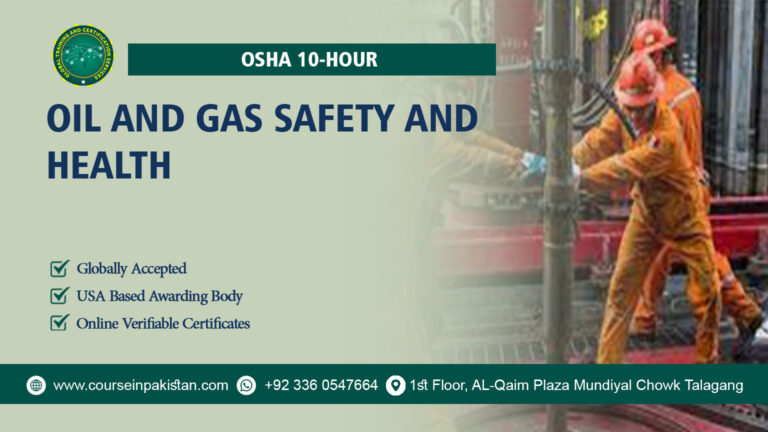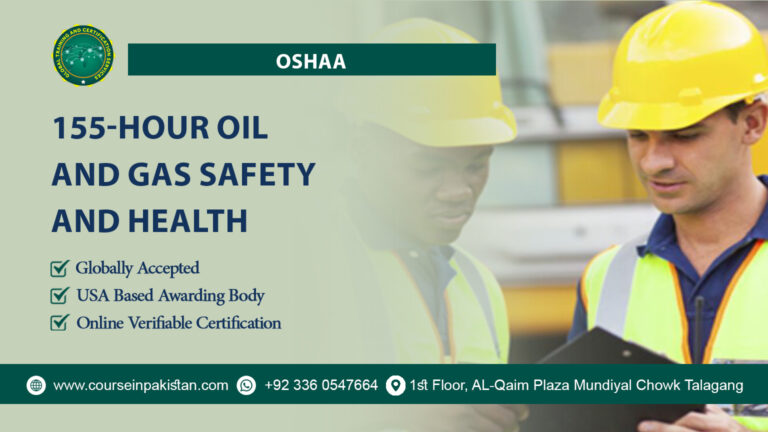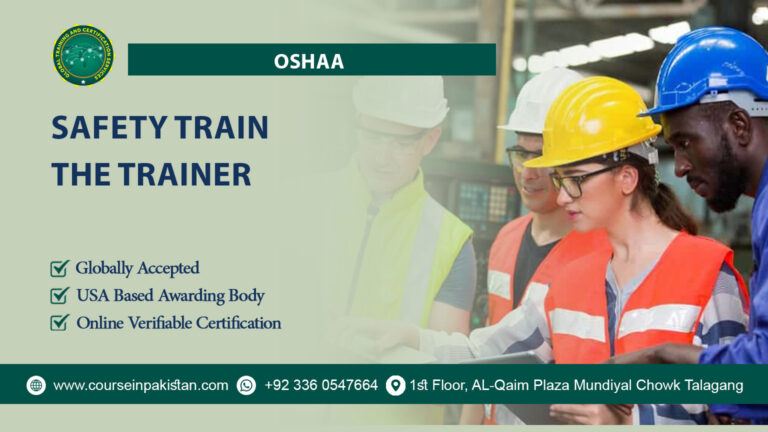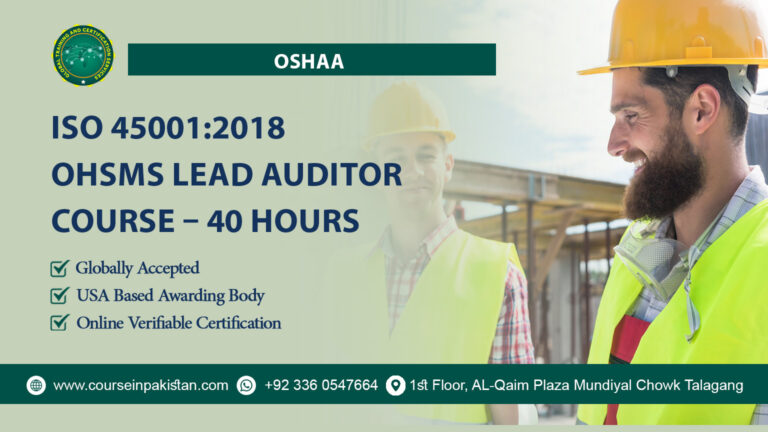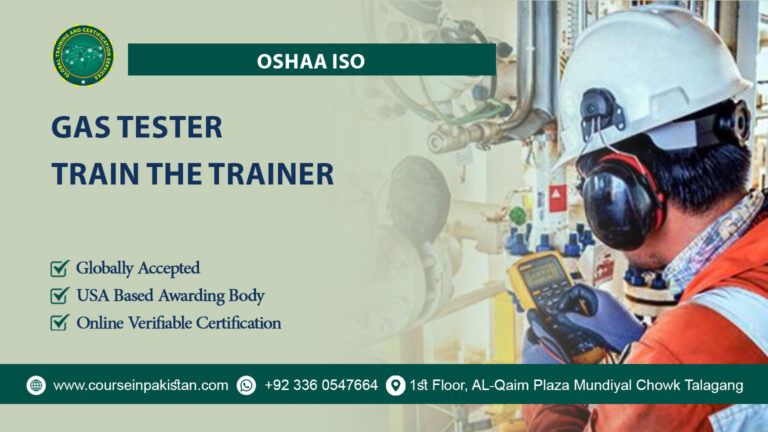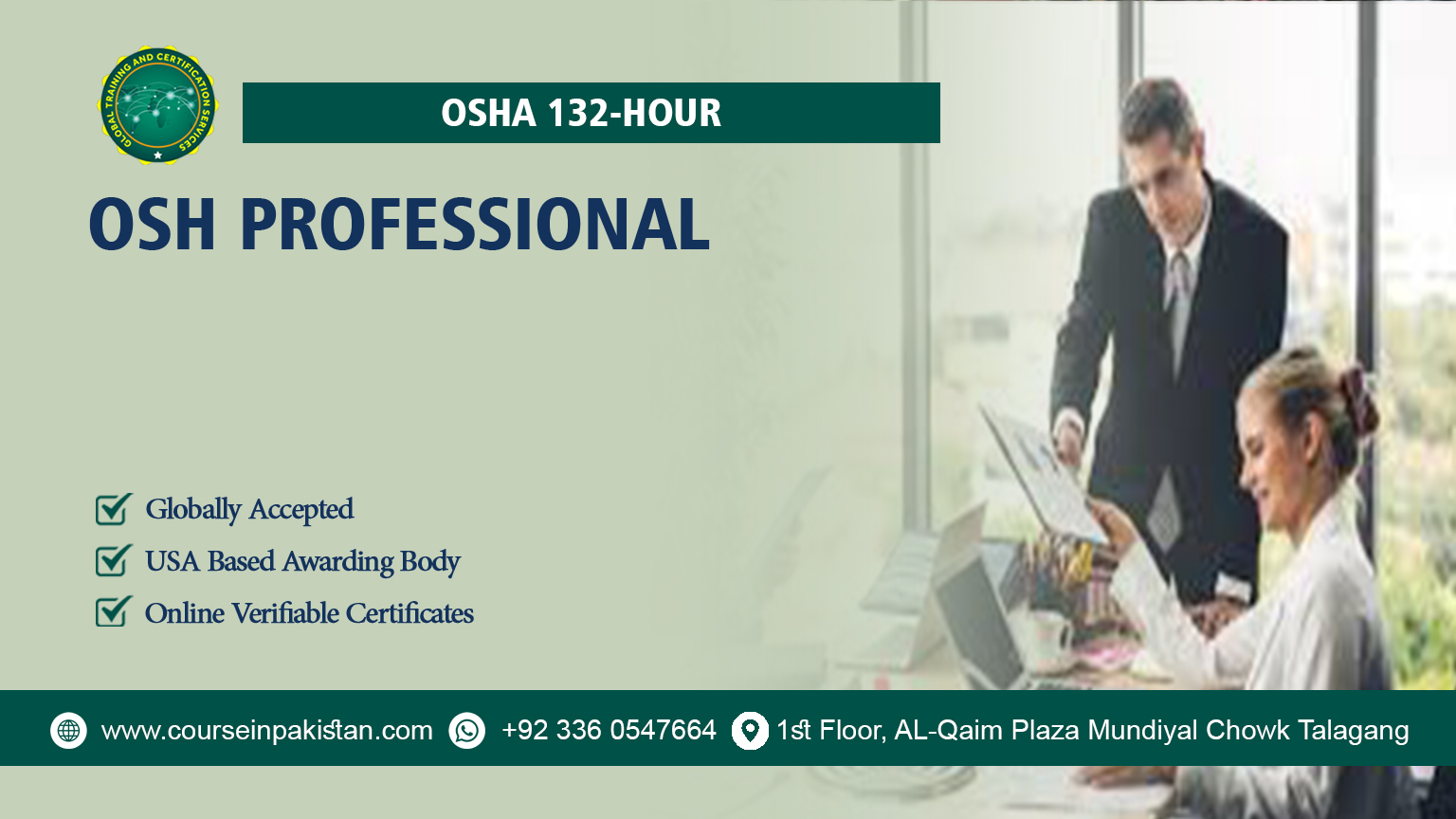
OSHA 132-Hour OSH Professional
In today’s dynamic work environment, ensuring the health and safety of employees is more critical than ever. With this in mind, the OSHA 132-Hour OSH Professional course stands out as a comprehensive and intensive program designed to elevate your expertise in occupational safety and health (OSH). Whether you’re a seasoned safety professional or a newcomer to the field, this course offers a deep dive into essential safety practices and regulations that can make a tangible difference in any organization. Here’s an in-depth look at what this course entails and how it can propel your career forward.
The OSHA 132-Hour OSH Professional course is an advanced educational program focused on providing participants with an extensive understanding of occupational safety and health standards. Offered by the Occupational Safety and Health Administration (OSHA) or accredited institutions, this course is structured to equip individuals with the knowledge and skills necessary to create safer work environments, reduce workplace hazards, and ensure compliance with OSHA regulations.
This course spans 132 hours of instruction and covers a wide range of topics essential for OSH professionals. It combines theoretical knowledge with practical application, including interactive sessions, case studies, and real-world scenarios. Participants will delve into various safety standards, regulatory requirements, and best practices that are critical for maintaining a safe and compliant workplace.
Course Benefits
- In-Depth Knowledge: Gain comprehensive insights into OSHA regulations, safety management systems, risk assessment, and hazard control.
- Enhanced Skills: Develop practical skills in identifying, evaluating, and mitigating workplace hazards.
- Certification: Obtain a prestigious certification that validates your expertise in occupational safety and health, enhancing your professional credentials.
- Career Advancement: Open doors to higher-level positions in safety management, consulting, and regulatory compliance.
- Networking Opportunities: Connect with other safety professionals, industry experts, and organizations committed to workplace safety.
Course Study Units
The OSHA 132-Hour OSH Professional course is organized into several key units, each focusing on different aspects of occupational safety:
- Introduction to Occupational Safety and Health (OSH)
- OSH Legislation and Standards
- Hazard Identification and Risk Assessment
- Workplace Safety Programs and Policies
- Incident Investigation and Reporting
- Emergency Preparedness and Response
- Health and Safety Audits and Inspections
- Ergonomics and Workplace Design
- Safety Training and Communication
- Personal Protective Equipment (PPE)
- Occupational Health and Hygiene
- Construction Safety
- Electrical Safety
- Machine and Equipment Safety
- Behavioral Safety and Safety Culture
- Occupational Stress Management
- Environmental Management and Sustainability
Learning Outcomes
Upon completion of the OSHA 132-Hour OSH Professional course, participants will:
-
1. Introduction to Occupational Safety and Health (OSH)
- Understanding OSH Fundamentals: Demonstrate a clear understanding of the principles and objectives of occupational safety and health.
- Role of OSHA: Explain the role and responsibilities of OSHA in ensuring workplace safety.
- OSH Terminology: Use key OSH terminology and concepts accurately in various safety contexts.
2. OSH Legislation and Standards
- Regulatory Knowledge: Identify and interpret key OSHA regulations, standards, and guidelines applicable to different industries.
- Compliance Strategies: Develop strategies to ensure organizational compliance with relevant OSH legislation.
- Legal Responsibilities: Explain the legal responsibilities of employers and employees under OSHA standards.
3. Hazard Identification and Risk Assessment
- Hazard Recognition: Identify various types of hazards present in different workplace environments.
- Risk Assessment Techniques: Apply risk assessment techniques to evaluate the potential impact of identified hazards.
- Mitigation Strategies: Propose effective control measures to mitigate identified risks.
4. Workplace Safety Programs and Policies
- Program Development: Develop comprehensive safety programs and policies tailored to specific organizational needs.
- Implementation: Implement workplace safety programs effectively and monitor their success.
- Policy Review: Evaluate and revise safety policies to improve their effectiveness and compliance.
5. Incident Investigation and Reporting
- Investigation Techniques: Apply effective techniques for investigating workplace incidents and accidents.
- Reporting Procedures: Prepare detailed and accurate incident reports in compliance with regulatory requirements.
- Root Cause Analysis: Conduct root cause analysis to prevent recurrence of similar incidents.
6. Emergency Preparedness and Response
- Emergency Plans: Develop and implement emergency preparedness plans for various types of emergencies.
- Response Procedures: Execute appropriate response procedures during emergencies to minimize impact.
- Coordination: Coordinate with emergency response teams and external agencies as necessary.
7. Health and Safety Audits and Inspections
- Audit Planning: Plan and conduct health and safety audits to evaluate organizational safety performance.
- Inspection Techniques: Perform thorough inspections to identify compliance issues and safety hazards.
- Action Plans: Develop action plans based on audit and inspection findings to address identified issues.
8. Ergonomics and Workplace Design
- Ergonomic Principles: Apply ergonomic principles to design and modify workstations for improved safety and comfort.
- Workplace Design: Evaluate and enhance workplace design to reduce ergonomic hazards and improve productivity.
- Assessment Tools: Utilize tools and techniques for assessing ergonomic risks in various work environments.
9. Safety Training and Communication
- Training Programs: Develop and deliver effective safety training programs for employees at all levels.
- Communication Strategies: Implement strategies for effective safety communication and awareness within the organization.
- Feedback Mechanisms: Use feedback mechanisms to improve safety training and communication efforts.
10. Personal Protective Equipment (PPE)
- PPE Selection: Identify and select appropriate personal protective equipment based on specific hazards.
- Usage Procedures: Educate employees on proper PPE usage, maintenance, and storage.
- Compliance: Ensure compliance with PPE requirements and standards.
11. Occupational Health and Hygiene
- Health Risk Assessment: Assess and manage occupational health risks related to chemical, biological, and physical agents.
- Hygiene Practices: Implement effective hygiene practices and controls to prevent health issues.
- Monitoring: Conduct health monitoring and surveillance to detect and address occupational health concerns.
12. Construction Safety
- Construction Standards: Apply OSHA construction safety standards and best practices to construction sites.
- Risk Management: Identify and manage common construction site hazards, including falls, scaffolding, and excavation.
- Safety Planning: Develop and enforce safety plans tailored to construction activities and projects.
13. Electrical Safety
- Electrical Hazards: Recognize and address electrical hazards in the workplace.
- Safety Standards: Implement electrical safety standards and practices to prevent electrical accidents.
- Maintenance Procedures: Establish procedures for maintaining electrical systems and equipment safely.
14. Machine and Equipment Safety
- Machine Safeguarding: Implement machine safeguarding techniques to protect workers from machine-related injuries.
- Equipment Inspection: Perform regular inspections and maintenance on machinery and equipment to ensure safe operation.
- Safety Procedures: Develop and enforce safety procedures for operating and maintaining machinery.
15. Behavioral Safety and Safety Culture
- Behavioral Strategies: Apply behavioral safety strategies to influence and improve safety behaviors in the workplace.
- Safety Culture: Foster a positive safety culture by promoting safety values and behaviors among employees.
- Cultural Assessment: Assess and enhance the organization’s safety culture through various methods and tools.
16. Occupational Stress Management
- Stress Identification: Identify sources and signs of occupational stress in the workplace.
- Management Techniques: Develop and implement strategies to manage and reduce occupational stress.
- Support Systems: Create support systems to assist employees in coping with work-related stress.
17. Environmental Management and Sustainability
- Environmental Regulations: Understand and comply with environmental regulations related to workplace operations.
- Sustainability Practices: Implement sustainable practices to minimize environmental impact and improve resource efficiency.
- Management Systems: Develop and manage environmental management systems to promote sustainability and compliance.
Each study unit equips participants with specialized knowledge and practical skills necessary for addressing the diverse challenges faced in occupational safety and health. By mastering these outcomes, you’ll be well-prepared to enhance workplace safety, ensure regulatory compliance, and contribute to a culture of safety and well-being in any organization.
Who is This Course For?
The OSHA 132-Hour OSH Professional course is ideal for:
- Safety Professionals: Individuals already working in safety roles who wish to deepen their knowledge and advance their careers.
- Health and Safety Managers: Those responsible for managing workplace safety and health programs.
- Compliance Officers: Professionals tasked with ensuring organizational adherence to OSHA standards.
- New Entrants: Individuals looking to enter the field of occupational safety and health with a solid foundation.
Future Progression
Upon completing the OSHA 132-Hour OSH Professional course, participants have several avenues for further career development:
- Advanced Certifications: Pursue additional certifications such as the Certified Safety Professional (CSP) or Certified Industrial Hygienist (CIH) for further specialization.
- Specialized Training: Engage in specialized training in areas such as industrial hygiene, environmental safety, or emergency management.
- Leadership Roles: Move into leadership positions within safety management or consulting roles.
- Continued Education: Stay updated with the latest developments in occupational safety through ongoing education and professional development opportunities.
the OSHA 132-Hour OSH Professional course offers a robust and thorough education in occupational safety and health. By investing time and effort into this program, you not only enhance your own professional capabilities but also contribute to creating safer, more compliant work environments. Embark on this journey to elevate your career and make a meaningful impact in the field of occupational safety.
